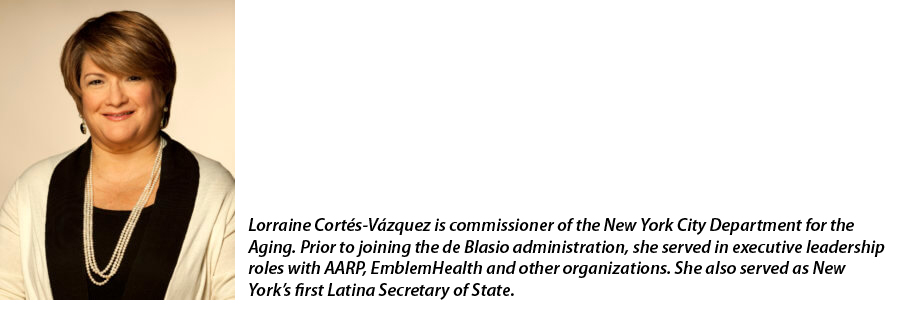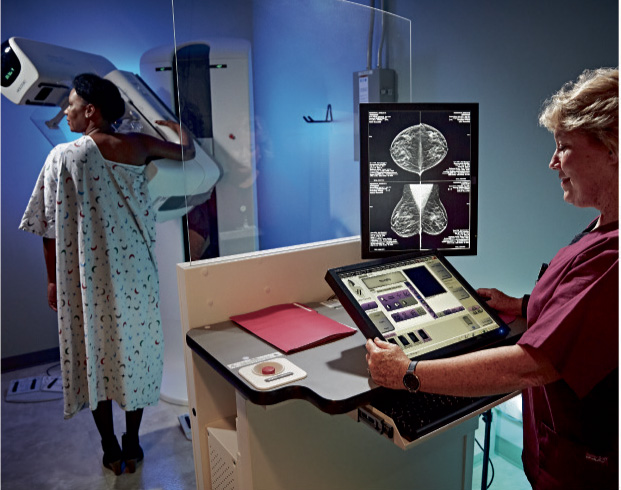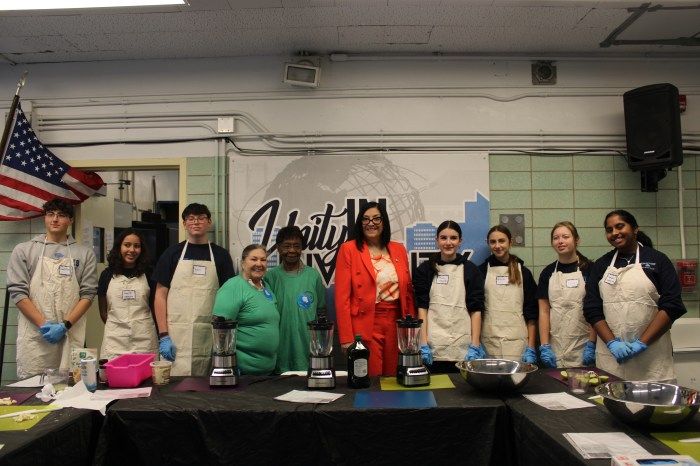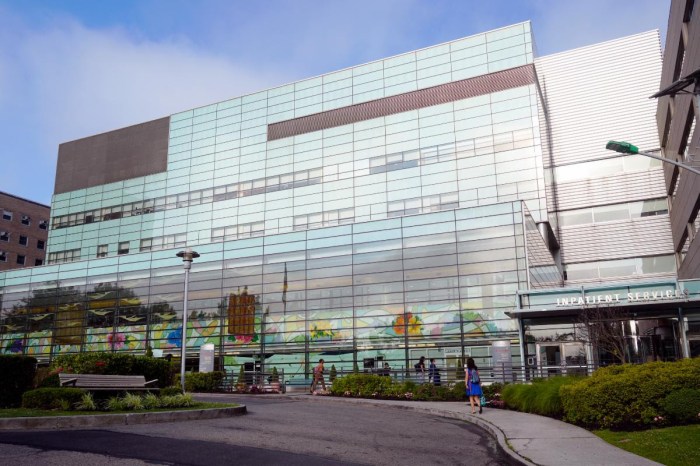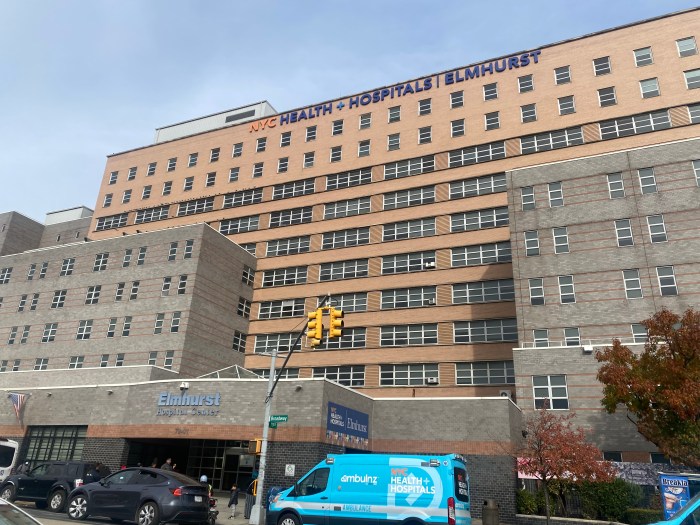This October, which is Breast Cancer Awareness Month, I want to highlight the importance of early detection and treatment – especially for older women and women of color who do not get annual exams. Time and again, studies show that race, age and income often lead to health disparities and poor outcomes. I know because I am an 18-year breast cancer survivor.
This simply won’t do. All women deserve quality care. I found out that I had breast cancer during a routine visit to my gynecologist. I was overwhelmed and shocked by the diagnosis, as were my friends and family. Cancer is a disease that impacts all of your loved ones and their support is invaluable during such a trying time. Thanks to my treatment, which included six chemotherapy and eight radiation therapy sessions, I am one of the lucky ones who beat cancer.
Still, not every woman is as fortunate. As women age, they may also believe that there is no need for continued breast cancer screenings, but nothing could be further from the truth. Self-exams, clinical breast exams, mammograms and MRIs are powerful tools to detect cancer early. This spares many women from the effects of prolonged treatment and even death.
According to the National Cancer Institute, nearly 13 percent of U.S.-born women will receive a breast cancer diagnosis from a doctor at some point. The risk only increases with age. In fact, 1 in 28 women starting at age 60 is likely to be diagnosed with breast cancer. That increases to 1 in 25 starting at age 70.
Some people show no signs or symptoms of having breast cancer, but routine screenings can help your doctor detect breast cancer early, when it is easier to treat. Most insurance plans cover mammograms without a copay, but if you don’t have insurance, you can find affordable health care through NYC Care (https://www.nyccare.nyc/). To find a low- or no-cost mammogram screening site in your area, call 311.
